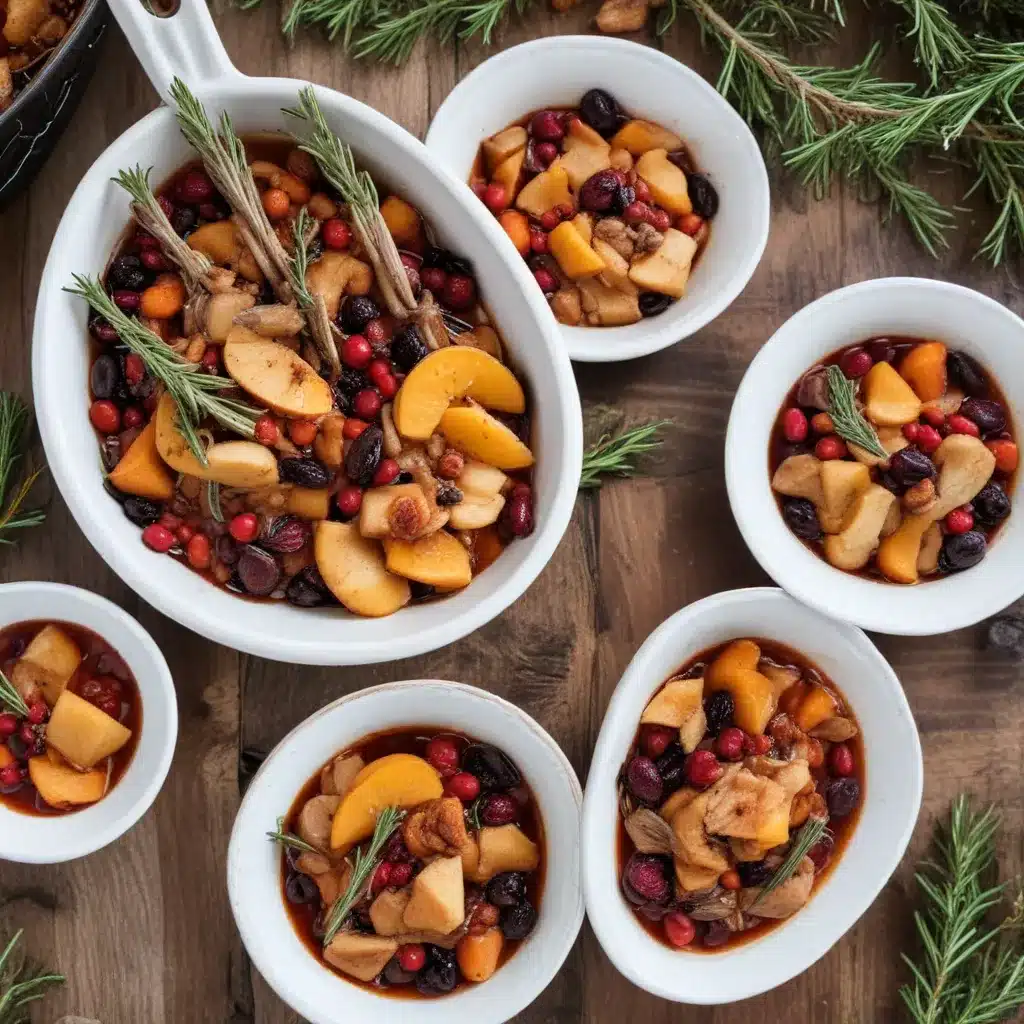
As a farm educator at Crooked Pines, I’m thrilled to share some of our favorite farm-to-table recipes highlighting the amazing produce we grow right here on the farm. Our diverse seasonal harvests provide ample inspiration for nutritious and delicious meals that celebrate the bounty of our land.
Savoring the Andean Staple: Yucca Bread
One of the most iconic and widely-consumed foods from the Andean region of South America is a bountiful variety of maize, or corn. Farmers in Peru alone grow over 50 unique varieties, more than anywhere else on the continent. During a recent excursion to the Ecuadorian Amazon, I had the chance to witness the traditional preparation of yucca bread, a starchy tuber that is a dietary staple for many South Americans.
The process begins by harvesting the large yucca roots, peeling off the coarse bark, and grating the tender white interior into a paste. This is then hung in a specialized draining apparatus to extract all the liquid, leaving behind a fine white flour that is formed into pancake-like rounds and cooked on a hot stone. The result is a hearty, subtly flavored bread that can be enjoyed with both savory and sweet toppings. Yucca is high in fiber, protein, and an array of vitamins and minerals, making it a nutritious and versatile ingredient.
Fueling Our Mornings: Andean-Inspired Breakfast Bowl
Continuing my Andean explorations, I discovered the delicious tradition of “granola” in Peru and Bolivia – a mixture of puffed grains, nuts, seeds, dried fruit, and coconut that is a beloved portable snack. Taking inspiration from these South American staples, I created my own nutrient-packed breakfast bowl featuring:
- Puffed quinoa, amaranth, or millet
- Toasted nuts like almonds, walnuts, or pecans
- Chia, flax, and hemp seeds
- Dried cranberries, goji berries, or chopped dates
- Plain yogurt or cashew cream
- Maca root powder for an energizing boost
The combination of complex carbs, healthy fats, and protein keeps me fueled and satisfied until lunchtime. I love topping it with fresh berries or a drizzle of local honey for a touch of sweetness.
Exploring Exotic Bolivian Fruits
No trip to South America is complete without immersing oneself in the incredible produce diversity. While familiar favorites like bananas and oranges are widely available, Bolivia also boasts a wealth of exotic tropical fruits. During my time in Cochabamba, I made it a mission to explore the local markets and sample as many new-to-me varieties as possible.
One personal favorite was the tumbo, a long, egg-shaped fruit with a vibrant orange pulp and black seeds that has a pleasantly tart, almost passionfruit-like flavor. The maracuya is another passion fruit relative, with a thick yellow outer shell concealing sweet, slimy black seeds. The granadilla is similar in appearance but with a more transparent, gelatinous seed coating.
Another intriguing find was the achachairú, also known as Bolivian mangosteen – a small, bright orange fruit with a white, fleshy interior and large seed. Its semi-acidic, bittersweet taste makes it excellent for juicing. The tamarillo, or tree tomato, is an egg-shaped fruit with a tangy, tomato-like flesh and bitter skin. These unique produce items can be used in a variety of ways, from jams and desserts to savory stews and sauces.
A Bolivian Twist on Potato Salad
One of the most popular vegetarian-friendly meals found across Peru and Bolivia is a dish called papa a la Huancaína, which puts an Andean spin on classic potato salad. Boiled potatoes are dressed in a creamy, spicy sauce made with queso fresco (or peanuts in Bolivia), aji amarillo peppers, evaporated milk, and crushed crackers. This is served on a bed of crisp lettuce, sliced tomatoes, black olives, and hard-boiled eggs.
The distinct Bolivian version I tried added one key ingredient that takes the sauce to the next level: peanuts. The protein-packed peanut butter-like base blends seamlessly with the other flavors, creating a rich, satisfying condiment that complements the simple potato and veggie components. It’s a wonderfully balanced, nutrient-dense dish that can be enjoyed as a main course or side.
Celebrating Crooked Pines’ Harvest in the Kitchen
As we celebrate the abundant seasonal harvests on our farm, I’m reminded of the joy that can be found in preparing nourishing, farm-fresh meals for my family and community. Whether it’s a simple sauté of tender greens or an elaborate multi-course feast, each dish is an opportunity to showcase the incredible bounty right at our fingertips.
One ingredient I’m particularly excited about is our flourishing crops of baby kale. These young, tender leaves are far more versatile than their tougher, mature counterparts, lending themselves well to quick sautés, hearty salads, and even creative applications like kale chips or pesto. I love how the subtle, earthy flavor marries beautifully with bright citrus, roasted vegetables, creamy cheeses, and aromatic herbs.
Another farm staple I often incorporate is our stunning array of heirloom tomatoes. From the deep burgundy hues of Black Krim to the vibrant stripes of Green Zebra, each variety offers a unique balance of sweetness, acidity, and texture. These beauties shine in caprese salads, bruschetta, or simply sliced and drizzled with olive oil and sea salt.
Of course, no harvest celebration is complete without honoring the mighty kale. Whether sautéed with garlic and red pepper flakes, massaged into a zesty salad, or baked into crispy chips, this superfood green packs a serious nutritional punch. I also love incorporating kale into hearty soups, stews, and braises to add a boost of fiber, vitamins, and minerals.
As the seasons change, I look forward to exploring new ways to showcase the diverse produce grown right here at Crooked Pines. From the sweet crunch of snap peas in spring to the rich, earthy flavors of winter squash, there’s always an opportunity to get creative in the kitchen. I hope these farm-to-table recipes inspire you to celebrate your own local bounty and nourish your body and soul.


